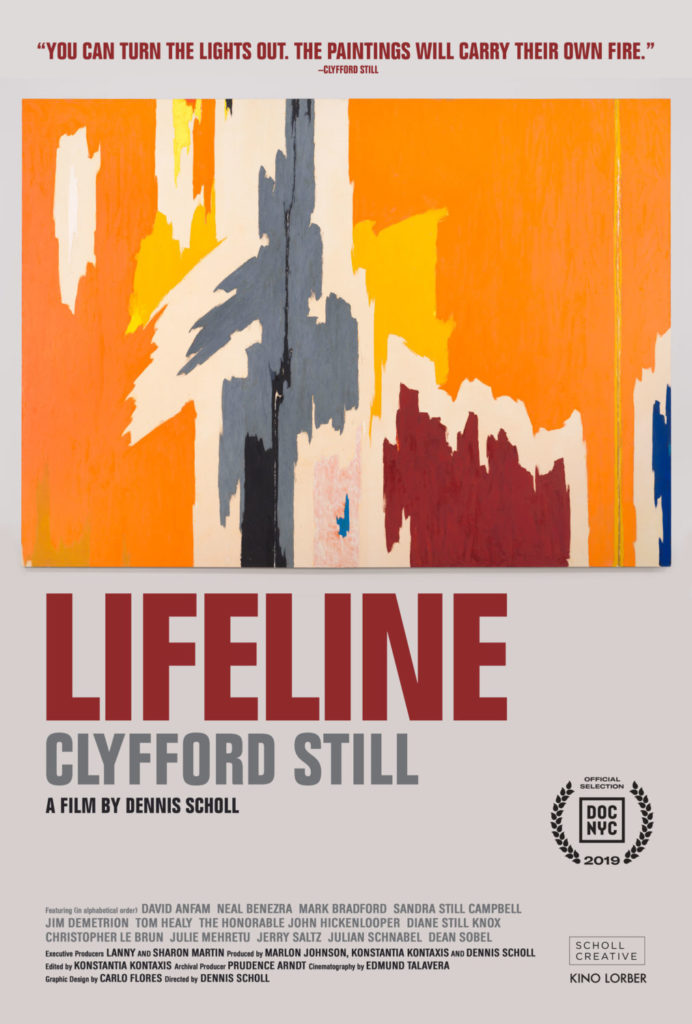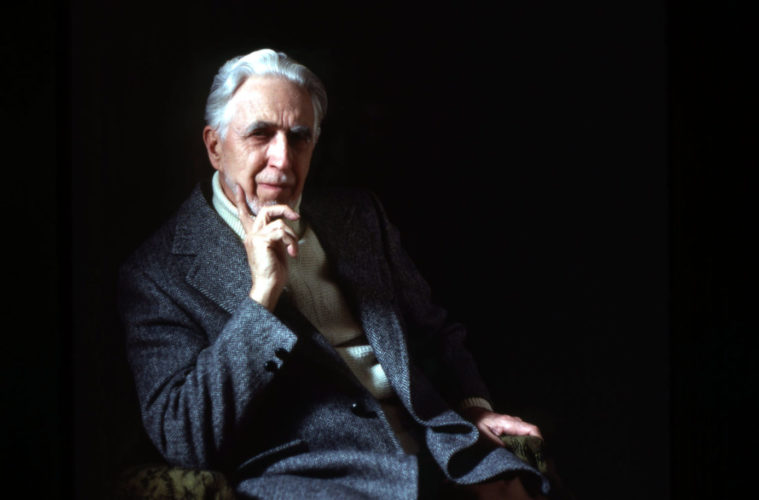Abstract Expressionism. AbEx. Few painting movements are more identified with post-war America, at least the way art history is taught in academia. Its break with the dominant European modes of depiction (Impressionism, Cubism) and cerebral abstraction in favor of a thicker, wilder more gestural, emotional and yes, expressive aesthetic has been cast as a heroic reach for something original in style to signal the onset of the New American Century. The wild Jackson Pollock is its charismatic patron saint, the soulful Mark Rothko its tortured poet, the brilliant Lee Krasner its long-overlooked conscience. And there were many others, though mostly a handful of white men who got their names in the papers. Yet even among that apparently homogeneous group, a true array of divergent styles, personalities, intrigues and philosophies existed.

Among the most intriguing figures of that crew is the enigmatic, contrarian, fiercely passionate and relentlessly original painter Clyfford Still, whose story unfolds in the new documentary film <I>Lifeline</i>. A confidante and colleague of Mark Rothko since they taught together in the Bay Area from 1946, the film uses their complicated and ultimately troubled and curtailed friendship against the backdrop of an exciting, bi-coastal, and increasingly competitive art world of the 1950’s and ‘60s. Though Rothko credits Still as a formative influence, Still later characterized Rothko as something of a sellout to the seductions of fame and fortune, whose practice had devolved into the “steady manufacture of varieties of rectangles.”
While that is a particularly snarky example, the essential dynamic at work in Still’s personality, private life, and studio pursuits is the same — a rigorous self-discipline, a total immersion in the work, and a lack of tolerance for anything that compromised either, both in himself and his fellows. In the end, he himself walked away from it all — but not before leaving a prolific and consistently impactful body of paintings. His large-scale, chromatically off-beat and intense, thickly rendered, rough-edged and operatic compositions are both evocative and deny interpretation. They are undeniably made by a human hand yet obscure the traces of that hand in the seal of their self-contained universes. It’s easy to see why Pollock is said to have remarked that Still “makes the rest of us look academic.”
The film presents its case through a compendium of archival material, including footage and audio recorded by the artist himself, as well as interviews with the painter’s surviving daughters, critic Jerry Saltz, and contemporary painters whose own practices are informed by the AbEx movement and Still’s contribution in particular, such as Mark Bradford, Julie Mehretu, and Julian Schnabel. Directed by Dennis Scholl.
<I>Lifeline</i> is currently available on demand and on DVD at Kino Lorber.
Advertising disclosure: We may receive compensation for some of the links in our stories. Thank you for supporting LA Weekly and our advertisers.

